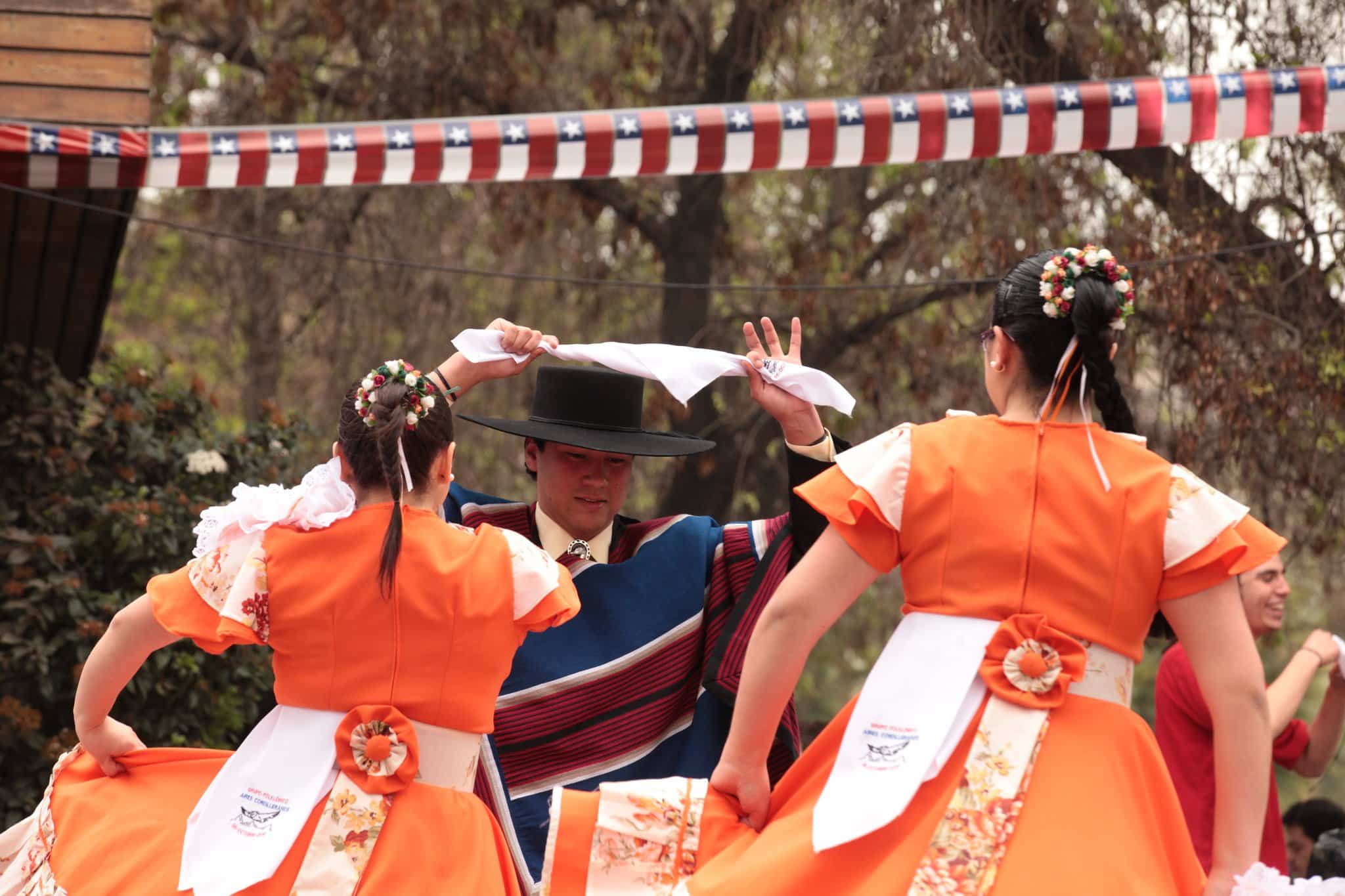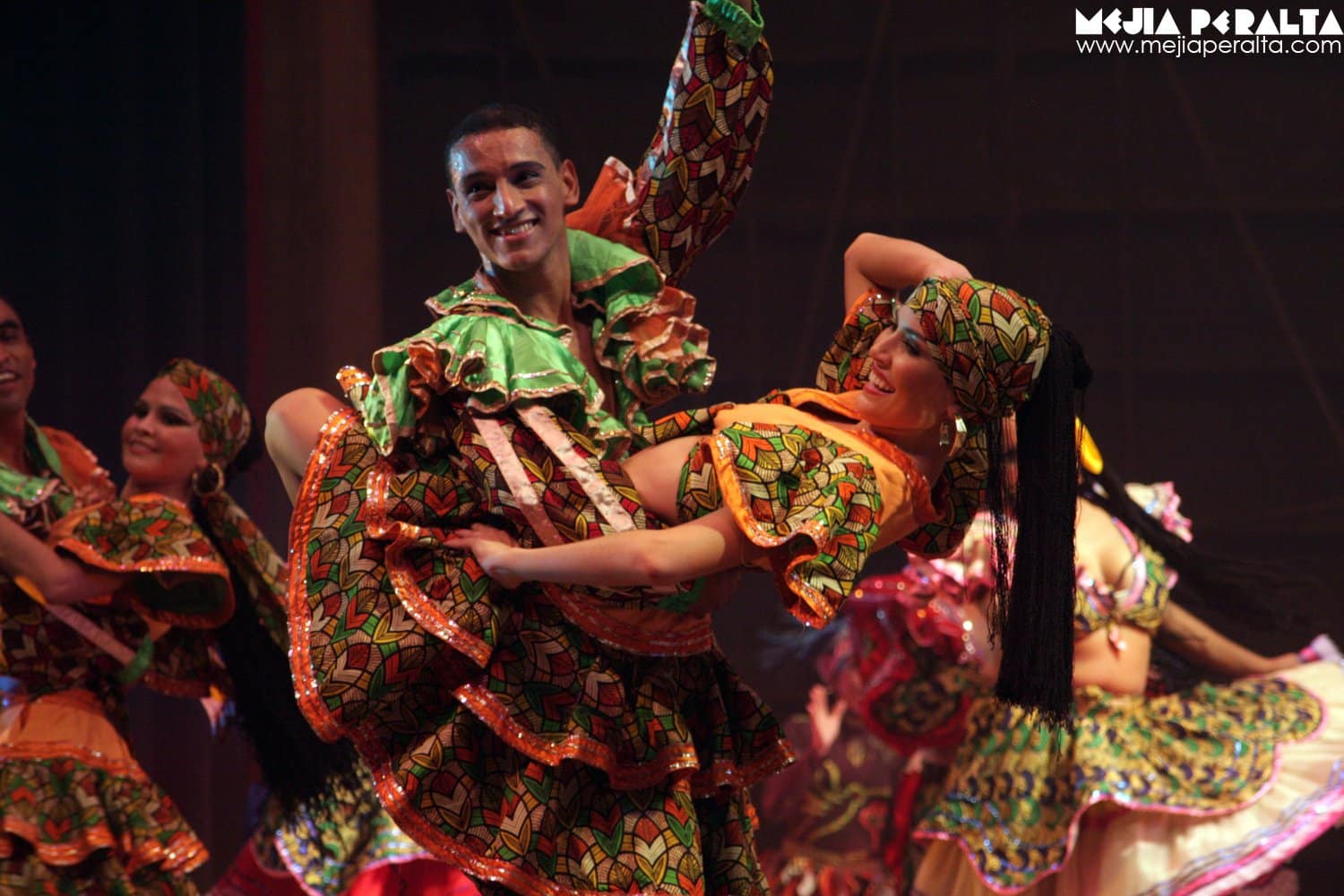September’s Latino Independence Days: A Month of Freedom
Across Latin America, September is a time of freedom, pride, and remembrance. This month marks the independence of many nations, each with its own powerful story of struggle, resilience, and celebration.

Ever noticed how September in Latin America is just one big celebration? As we wave goodbye to summer and avoid winter as long as we can, the streets come alive with parades, music, and festivities. Many Latin American countries celebrate their freedom this month, commemorating their hard-fought battles for independence from colonial domination. Let’s dive into these significant days and understand what makes each unique.
Brazil: September 7, 1822 – “Dia da Independência”

As the Portuguese Royal family sought refuge in Brazil during the Napoleonic Wars, the colony’s status grew. When King João VI returned to Portugal in 1821, his son, Dom Pedro I, stayed behind. Amidst growing discontent and pressures for independence, Dom Pedro I declared Brazil an independent empire, making a smoother transition from colony to sovereign nation.
In the grand city of São Paulo, Prince Dom Pedro I shouted the famous “Independência ou Morte!” which means “Independence or Death!” This moment marked Brazil’s liberation from Portuguese rule. Every year, Brazilians celebrate with military parades, concerts, and family gatherings. And don’t forget to try the brigadeiros, a delicious chocolate treat that’s a staple during the festivities.
Mexico: September 16, 1810 – “Grito de Dolores”

No, Cinco de Mayo isn’t Mexico’s Independence Day. The roots of Mexican independence began with the desire for social and land reforms. The native and mestizo populations were growing weary of Spanish domination and the privileged Criollo class (those of Spanish descent born in the New World). This culminated in the early hours of September 16th, when the priest Miguel Hidalgo y Costilla rang the bell of his church in Dolores, calling the people to revolt against Spanish rule. This uprising marked the beginning of a tumultuous decade-long struggle for Mexican independence.
Arguably one of the most lively and heartfelt of celebrations, Mexico’s Grito de Dolores is famous worldwide. At the stroke of midnight on September 15th, the president and thousands of citizens echoed the cry of Miguel Hidalgo y Costilla, a priest who beckoned his countrymen to rise against Spanish rule. Fireworks, ringing bells, and shouts of “Viva Mexico!” saturate the air. The following day is a national holiday filled with parades, mariachi music, and an array of Mexican delicacies.
Chile: September 18, 1810 – “Fiestas Patrias”

While the exact reasons for Chile’s desire for independence from Spain were multi-faceted, they were intensified by Napoleon’s invasion of Spain, which threw the Spanish monarchy into disarray. Chile’s Criollo leaders saw this as an opportunity. On September 18, 1810, they established a national junta in the name of the deposed king Ferdinand VII, a move that initiated the path towards full independence, which was achieved after years of conflict.
So, while it began on September 18th, Chile’s celebration extends into the 19th, making it a two-day jubilee. The Fiestas Patrias, or national parties, include rodeos, dance performances of the Cueca (Chile’s national dance), and communal meals featuring empanadas and chicha. The love for the homeland is palpable on these days as Chileans unite in pride and joy.
Costa Rica, El Salvador, Guatemala, Honduras, and Nicaragua: September 15, 1821

Yes, you read that right! Five nations celebrate their independence from Spain on the same day. This joint liberation led to a shared history of celebrations.
The journey to independence for these five nations was interconnected. As Napoleon’s conquests destabilized Spain, murmurs of independence grew louder in Central America. Inspired by the broader Latin American movements, local leaders in Guatemala, which was then the regional capital of Central America under Spanish rule, proclaimed their independence from Spain on September 15, 1821. The declaration was quickly endorsed by the neighboring provinces, leading to the joint celebration we witness today.
However, it’s worth noting that following this, the newly independent provinces formed a short-lived federation known as the United Provinces of Central America. It eventually dissolved due to internal conflicts, leading to the emergence of the separate Central American nations we know today.
Each country, however, puts its own spin on the day:
- Costa Rica: A torch, symbolizing freedom, is carried all the way from Guatemala to Costa Rica in a relay race.
- El Salvador: You’ll find vibrant street carnivals and traditional foods, including pupusas and tamales.
- Guatemala: Residents release countless blue and white balloons, reflecting their national flag’s colors.
- Honduras: The streets come alive with parades featuring students from all over the country.
- Nicaragua: The sounds of marimba fill the air, and traditional dances like the Palo de Mayo are performed.
Costa Rica, El Salvador, Guatemala, Honduras, and Nicaragua: September 15, 1821

Yes, you read that right! Five nations celebrate their independence from Spain on the same day. This joint liberation led to a shared history of celebrations.
The journey to independence for these five nations was interconnected. As Napoleon’s conquests destabilized Spain, murmurs of independence grew louder in Central America. Inspired by the broader Latin American movements, local leaders in Guatemala, which was then the regional capital of Central America under Spanish rule, proclaimed their independence from Spain on September 15, 1821. The declaration was quickly endorsed by the neighboring provinces, leading to the joint celebration we witness today.
However, it’s worth noting that following this, the newly independent provinces formed a short-lived federation known as the United Provinces of Central America. It eventually dissolved due to internal conflicts, leading to the emergence of the separate Central American nations we know today. Each country, however, puts its own spin on the day:
- Costa Rica: A torch, symbolizing freedom, is carried all the way from Guatemala to Costa Rica in a relay race.
- El Salvador: You’ll find vibrant street carnivals and traditional foods, including pupusas and tamales.
- Guatemala: Residents release countless blue and white balloons, reflecting their national flag’s colors.
- Honduras: The streets come alive with parades featuring students from all over the country.
- Nicaragua: The sounds of marimba fill the air, and traditional dances like the Palo de Mayo are performed.
Costa Rica, El Salvador, Guatemala, Honduras, and Nicaragua: September 15, 1821

Yes, you read that right! Five nations celebrate their independence from Spain on the same day. This joint liberation led to a shared history of celebrations.
The journey to independence for these five nations was interconnected. As Napoleon’s conquests destabilized Spain, murmurs of independence grew louder in Central America. Inspired by the broader Latin American movements, local leaders in Guatemala, which was then the regional capital of Central America under Spanish rule, proclaimed their independence from Spain on September 15, 1821. The declaration was quickly endorsed by the neighboring provinces, leading to the joint celebration we witness today.
However, it’s worth noting that following this, the newly independent provinces formed a short-lived federation known as the United Provinces of Central America. It eventually dissolved due to internal conflicts, leading to the emergence of the separate Central American nations we know today. Each country, however, puts its own spin on the day:
- Costa Rica: A torch, symbolizing freedom, is carried all the way from Guatemala to Costa Rica in a relay race.
- El Salvador: You’ll find vibrant street carnivals and traditional foods, including pupusas and tamales.
- Guatemala: Residents release countless blue and white balloons, reflecting their national flag’s colors.
- Honduras: The streets come alive with parades featuring students from all over the country.
- Nicaragua: The sounds of marimba fill the air, and traditional dances like the Palo de Mayo are performed.
Costa Rica, El Salvador, Guatemala, Honduras, and Nicaragua: September 15, 1821

Yes, you read that right! Five nations celebrate their independence from Spain on the same day. This joint liberation led to a shared history of celebrations.
The journey to independence for these five nations was interconnected. As Napoleon’s conquests destabilized Spain, murmurs of independence grew louder in Central America. Inspired by the broader Latin American movements, local leaders in Guatemala, which was then the regional capital of Central America under Spanish rule, proclaimed their independence from Spain on September 15, 1821. The declaration was quickly endorsed by the neighboring provinces, leading to the joint celebration we witness today.
However, it’s worth noting that following this, the newly independent provinces formed a short-lived federation known as the United Provinces of Central America. It eventually dissolved due to internal conflicts, leading to the emergence of the separate Central American nations we know today. Each country, however, puts its own spin on the day:
- Costa Rica: A torch, symbolizing freedom, is carried all the way from Guatemala to Costa Rica in a relay race.
- El Salvador: You’ll find vibrant street carnivals and traditional foods, including pupusas and tamales.
- Guatemala: Residents release countless blue and white balloons, reflecting their national flag’s colors.
- Honduras: The streets come alive with parades featuring students from all over the country.
- Nicaragua: The sounds of marimba fill the air, and traditional dances like the Palo de Mayo are performed.
These independence celebrations aren’t just about freedom from colonial rulers, they also reflect a deeper struggle for identity, rights, and self-determination. Each nation, in its own unique way, battled internal and external challenges to shape its destiny, making September a month of profound reflection and celebration in Latin America. Viva la Independencia!




